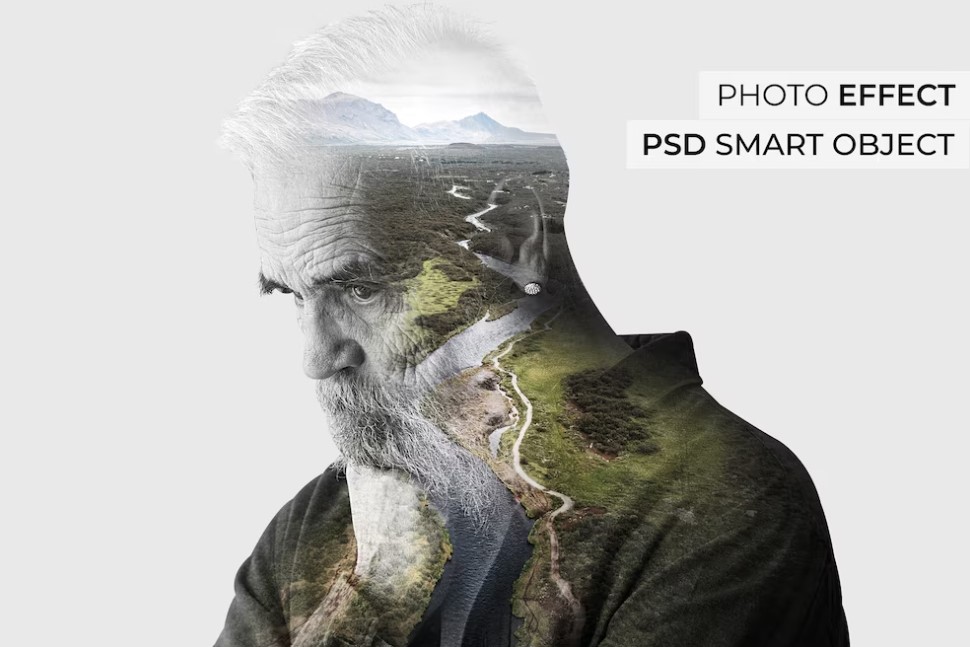Masters of Illusion: The Art and Science of Cutting-Edge Visual Effects

Table of Contents
- Introduction to Visual Effects
- The Art of Visual Storytelling
- The Science Behind the Magic
- The Technology Driving Innovation
- Pioneers in Visual Effects
- The Future of Visual Effects
- Conclusion
Visual effects (VFX) have come a long way since the early days of cinema. From rudimentary models and matte paintings to sophisticated computer-generated imagery (CGI), VFX has transformed the way we experience movies and television shows. In this blog post, we'll explore the art and science of cutting-edge visual effects, as well as the technology and pioneers that have shaped this captivating industry.
The Art of Visual Storytelling
Visual effects play a crucial role in the art of visual storytelling, allowing filmmakers to create immersive worlds and convey complex emotions. From the epic battles in "The Lord of the Rings" to the otherworldly environments of "Avatar," VFX artists use their skills to seamlessly integrate digital elements with live-action footage, making the impossible possible.
The Science Behind the Magic
The science of visual effects is a fascinating combination of art and technology, rooted in mathematics, physics, and computer science. VFX artists employ various techniques, such as 3D modeling, motion capture, and compositing, to create lifelike simulations of real-world phenomena. The accuracy and realism of these simulations are critical to maintaining the suspension of disbelief and engaging audiences.
The Technology Driving Innovation
The rapid advancement of technology has fueled the evolution of visual effects. Powerful computer hardware and innovative software have enabled VFX artists to push the boundaries of what's possible on screen. Some key technological advancements include:
Motion capture: This technique involves recording the movement of actors or objects and using the data to animate digital characters or elements. Recent advancements, like performance capture, have made it possible to record facial expressions and emotions with unprecedented accuracy.
Virtual production: This cutting-edge approach involves filming actors on a soundstage surrounded by LED screens that display real-time, computer-generated environments. This technique, used in "The Mandalorian," has revolutionized filmmaking by allowing directors to make creative decisions on set and reducing the need for extensive post-production.
Artificial intelligence (AI): AI algorithms have the potential to revolutionize VFX by automating complex tasks, such as rotoscoping or digital asset creation, and enabling artists to focus on their creative vision.
Pioneers in Visual Effects
Throughout the history of visual effects, there have been many influential pioneers who have left a lasting impact on the industry:
George Méliès: This early filmmaker and magician is often credited as the father of visual effects, using innovative techniques like stop-motion and double exposure to create fantastical scenes in his 1902 film "A Trip to the Moon."
Dennis Muren: A legend in the VFX industry, Muren has worked on iconic films like "Star Wars" and "Jurassic Park," earning nine Academy Awards for his groundbreaking contributions.
Ed Catmull and Alvy Ray Smith: These computer graphics pioneers co-founded Pixar Animation Studios, which revolutionized animation and CGI with films like "Toy Story" and "Finding Nemo."
The Future of Visual Effects
As technology continues to evolve, so too will the world of visual effects. Here are some exciting trends and developments that will shape the future of VFX:
Virtual reality (VR) and augmented reality (AR): These immersive technologies offer new opportunities for storytelling and visual effects, allowing audiences to explore and interact with digital worlds like never before.
Real-time rendering: Advances in real-time rendering will enable VFX artists to create increasingly detailed and realistic simulations, reducing the need for lengthy render times and enabling faster, more efficient workflows.
Machine learning and AI-driven creativity: As AI continues to develop, it will play an increasingly significant role in the VFX industry, automating complex tasks and even generating original content based on artistic input.
Visual effects have come a long way since the early days of cinema, and their impact on the art of visual storytelling is undeniable. As the technology continues to evolve, VFX artists will have even more powerful tools at their disposal, allowing them to push the boundaries of what's possible on screen. From the pioneers who laid the groundwork for modern VFX to the cutting-edge innovations shaping the industry today, the world of visual effects is a testament to the power of human imagination and the limitless potential of technology.
--------------------------------------
ZapMyWork.com is your one-stop shop for all your freelance needs. We are an online marketplace that connects clients with skilled and talented freelancers from around the world. One of the things that sets us apart from other freelance marketplaces is our rigorous screening process. We carefully vet all of our freelancers to ensure that they have the skills and experience to deliver high-quality work, one project at a time. Let us know how we can help you today!
Recent Posts
-
04/26/2024Thriving Through Flexibility: How FlexiConsulting Found Success with ZapMyWork
-
04/19/2024Flourishing Home Trends: How "ZapMyWork" Became the Cornerstone of Our Interior Design Success
-
04/15/2024Weaving Success with ZapMyWork's Freelance Marketplace
-
04/12/2024Streamlining Project Management in Small Businesses: The ZapMyWork Experience with ClearVision Consulting
-
04/10/2024Transforming Toy Design with Electronics Engineering Freelancers: A Case Study on ToyInnovate
Store Address
Information
Copyright © 2022 - Present. ZapMyWork, LLC. All Rights Reserved




